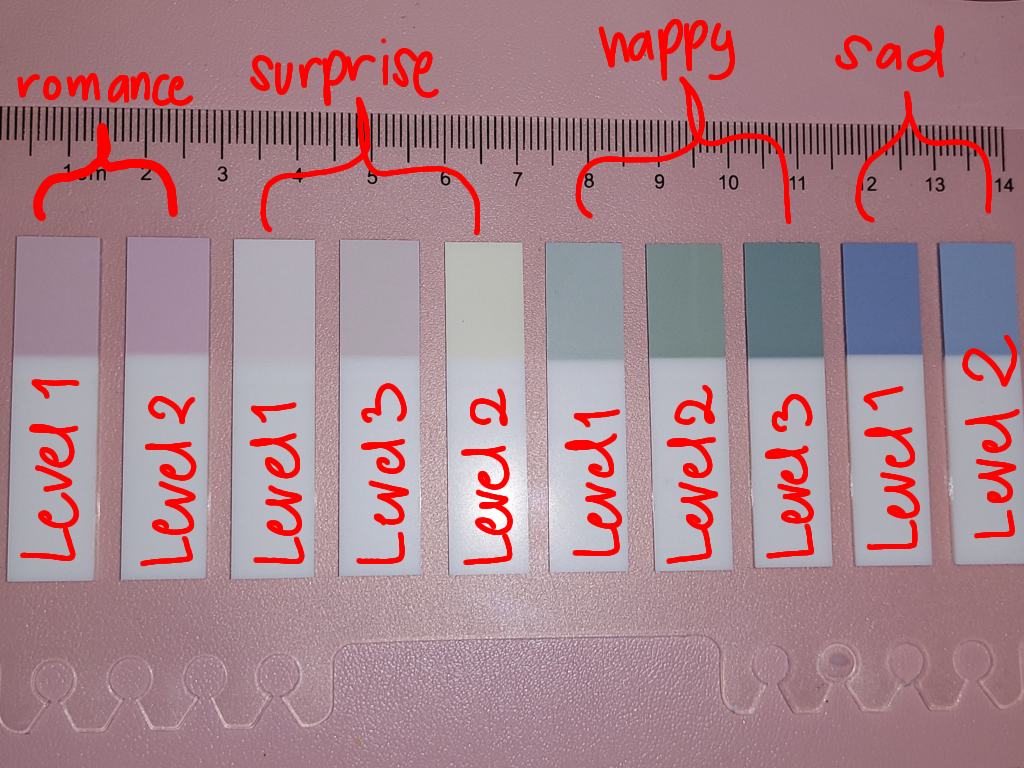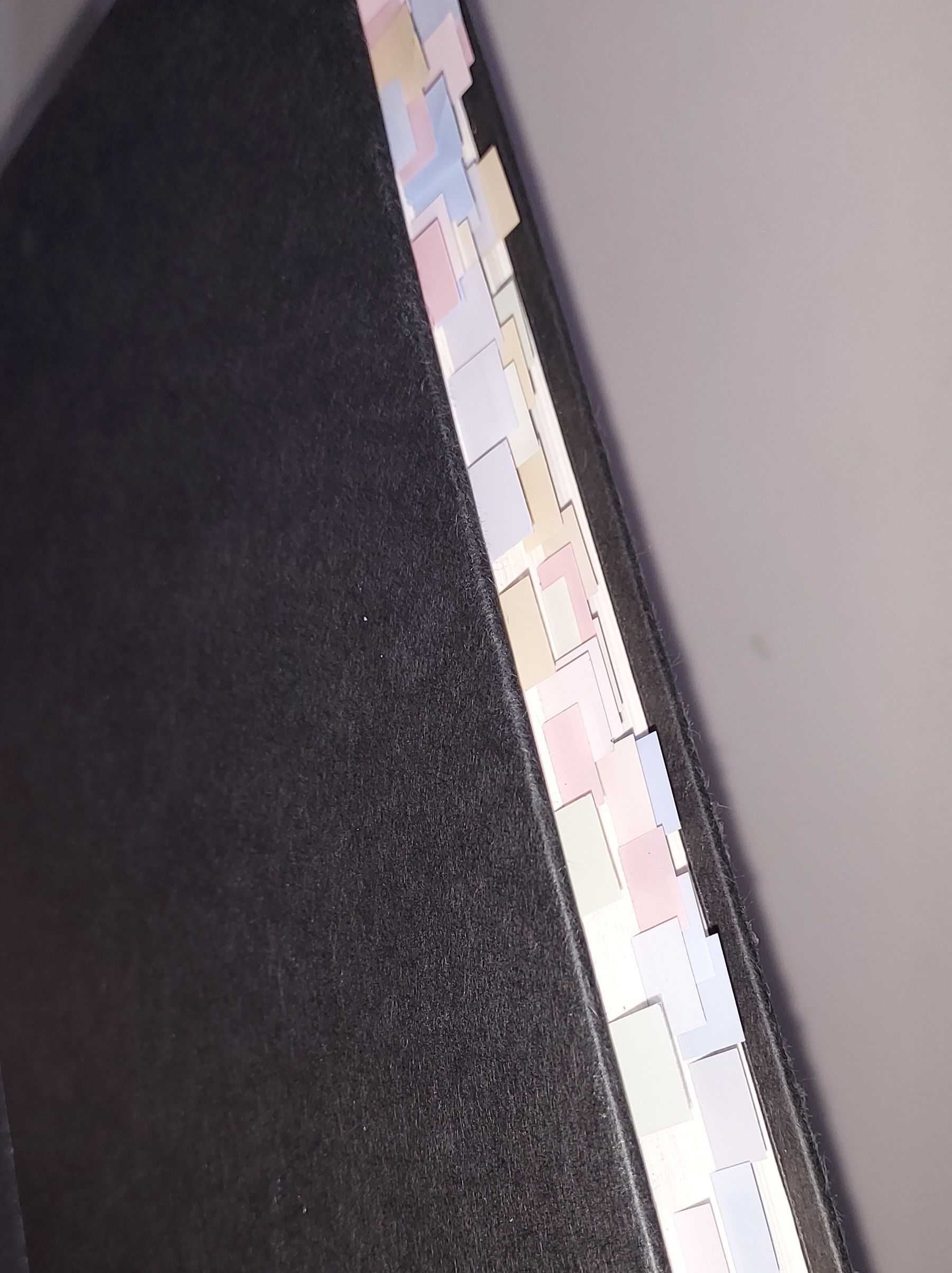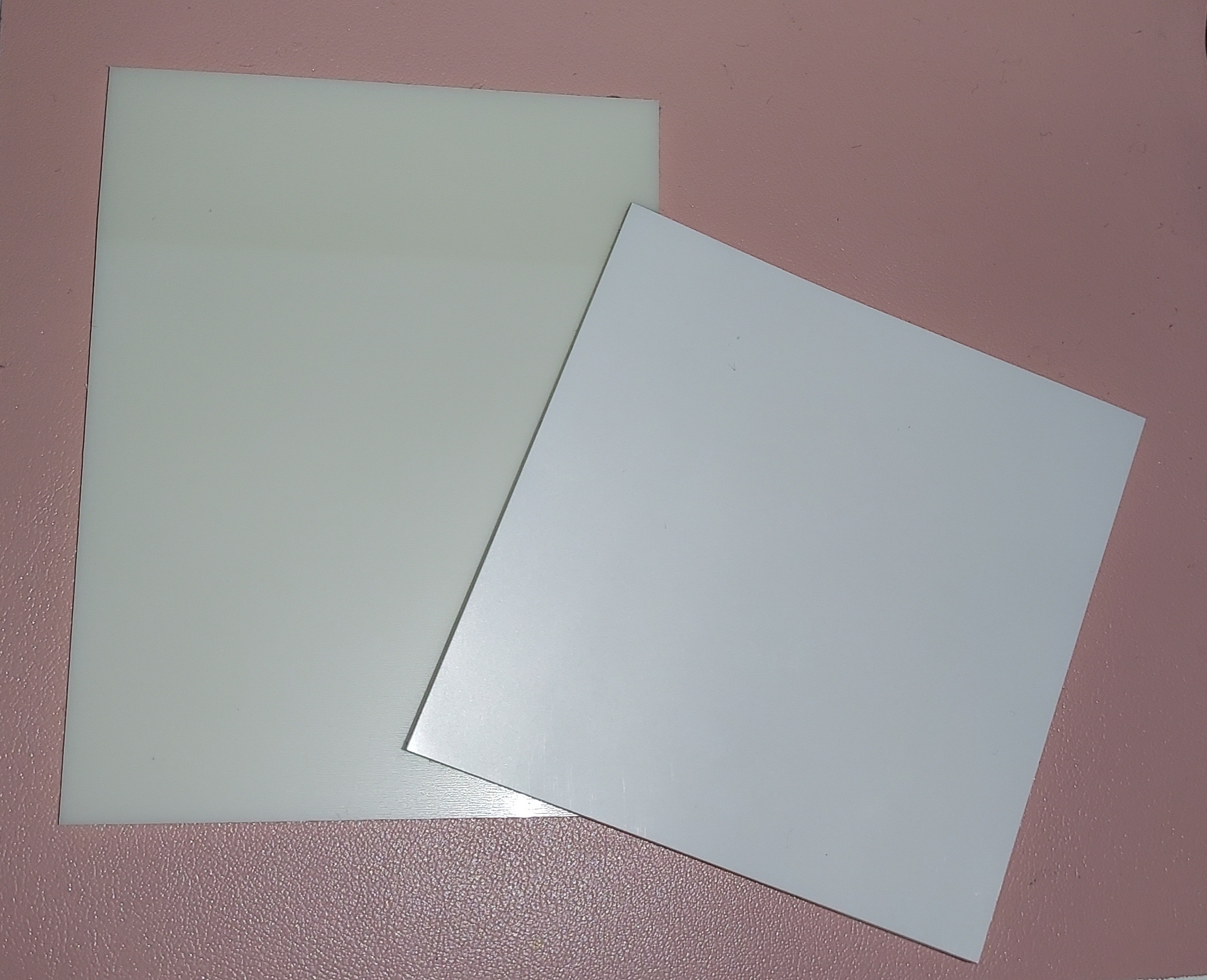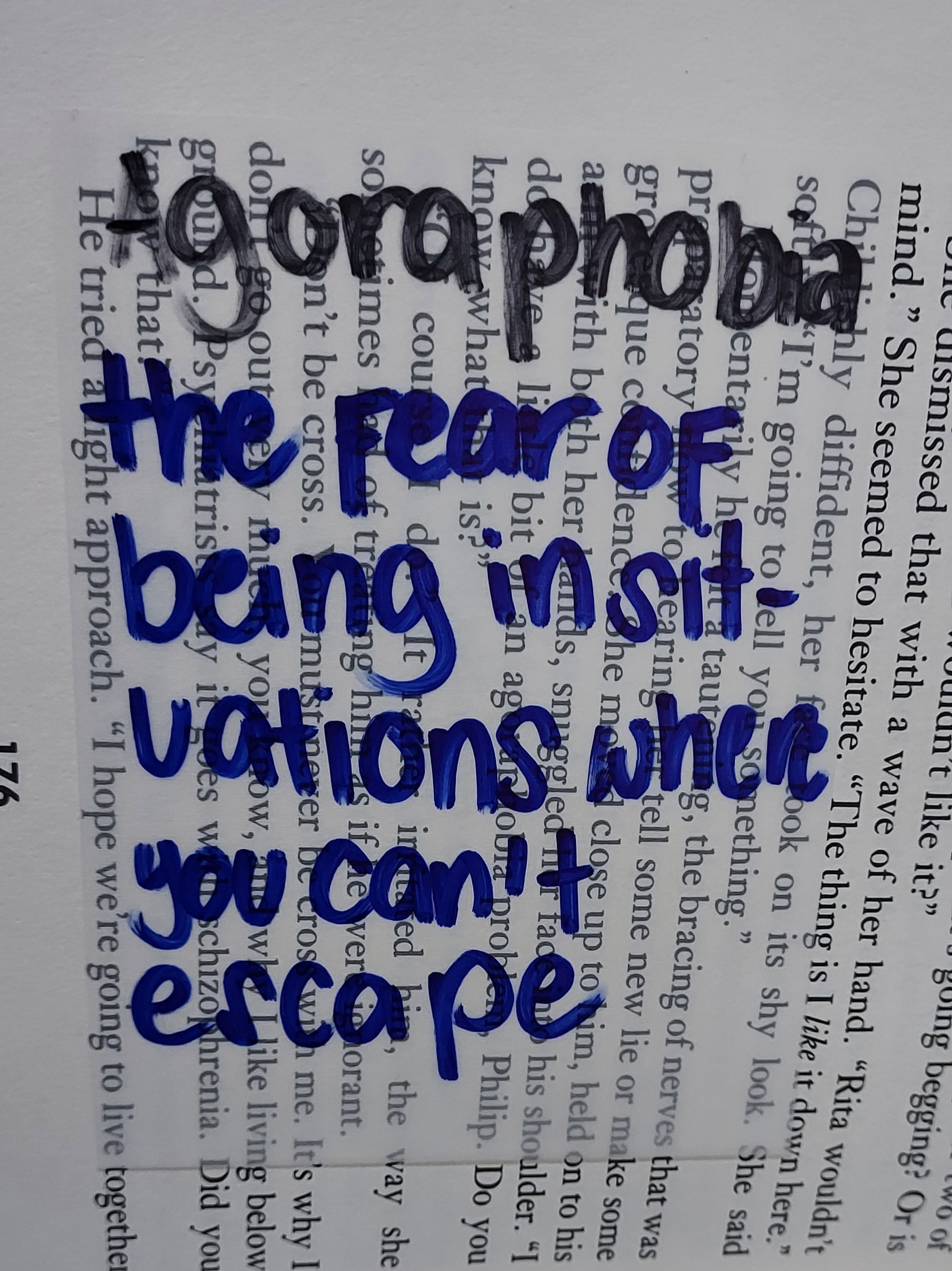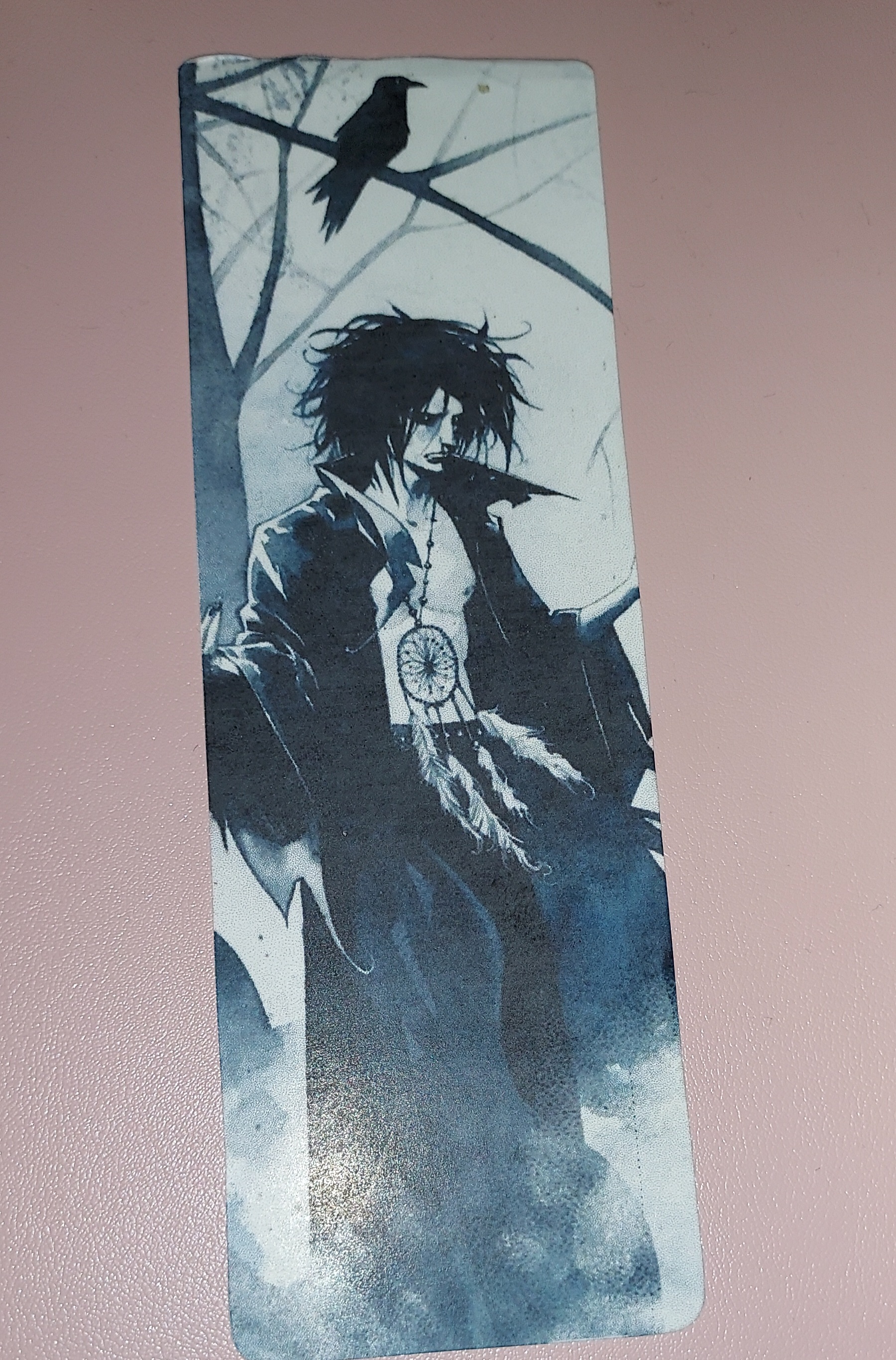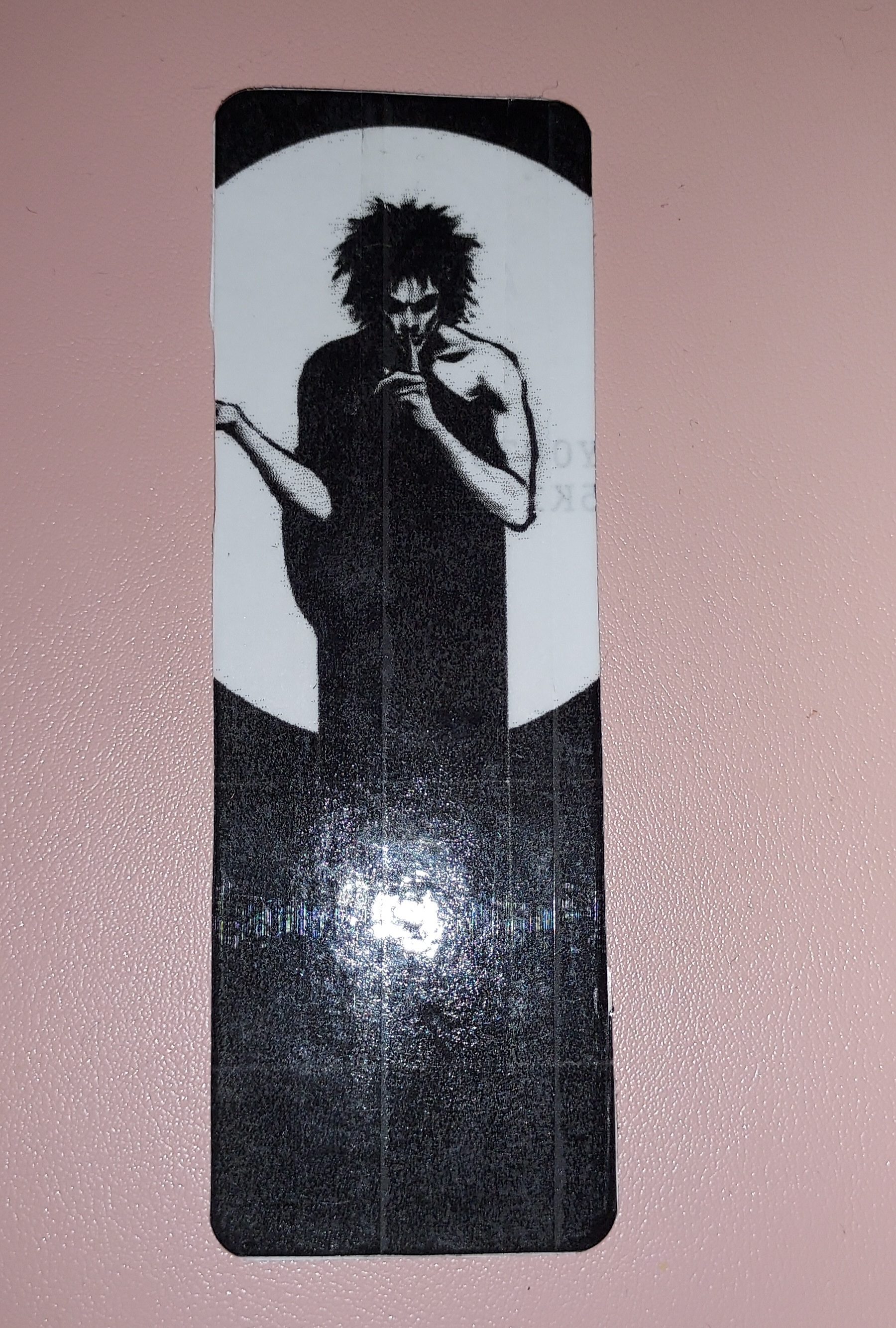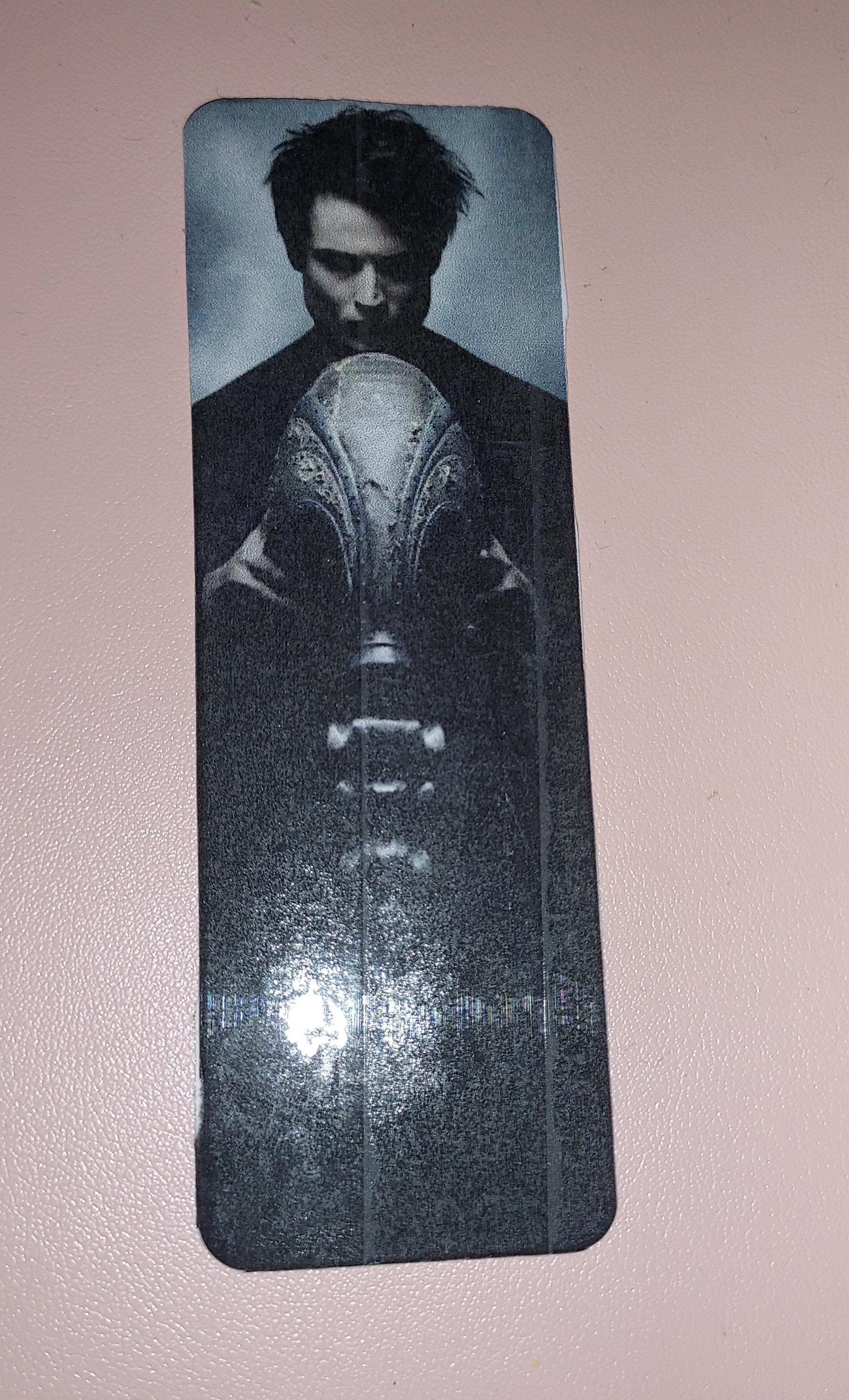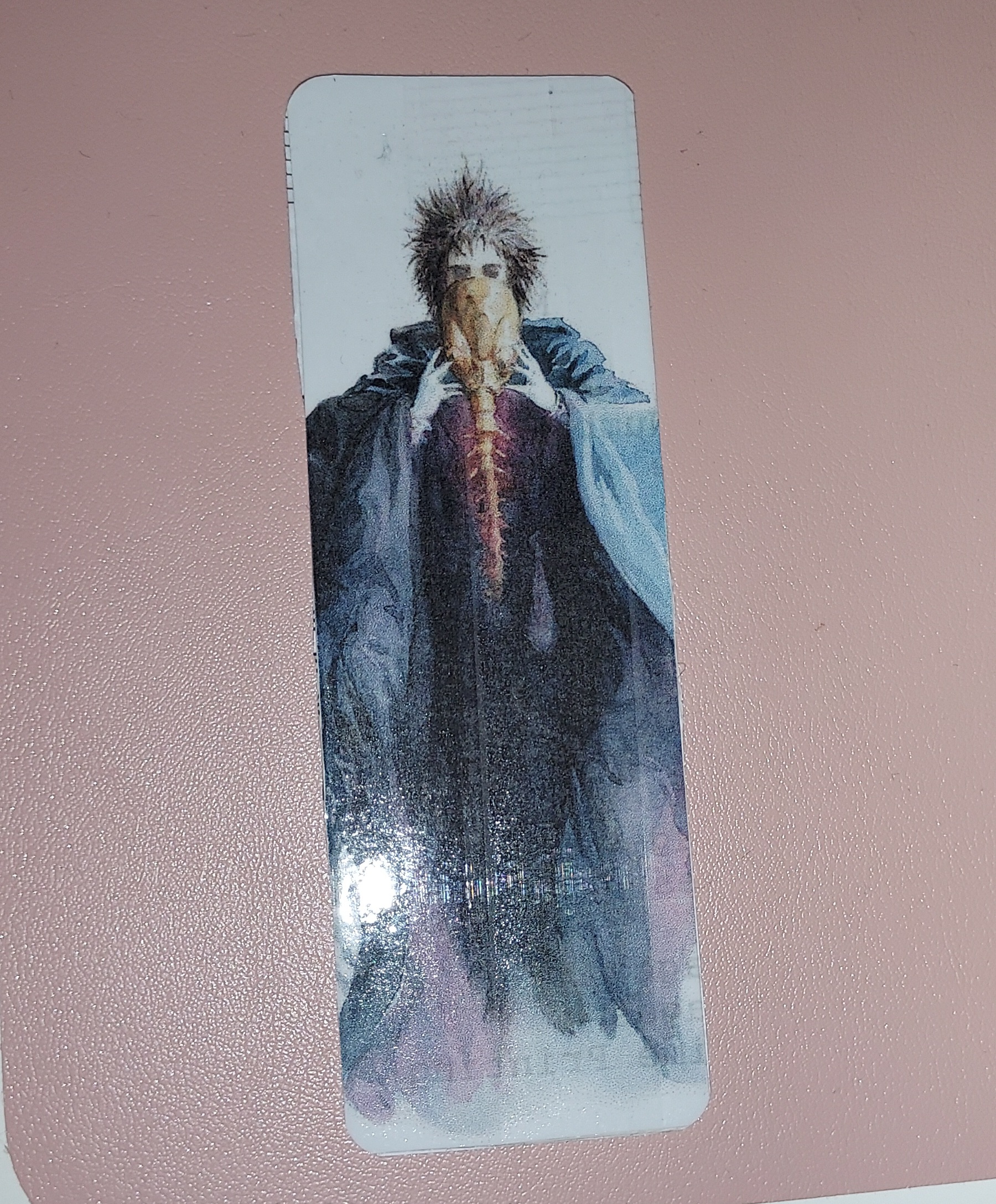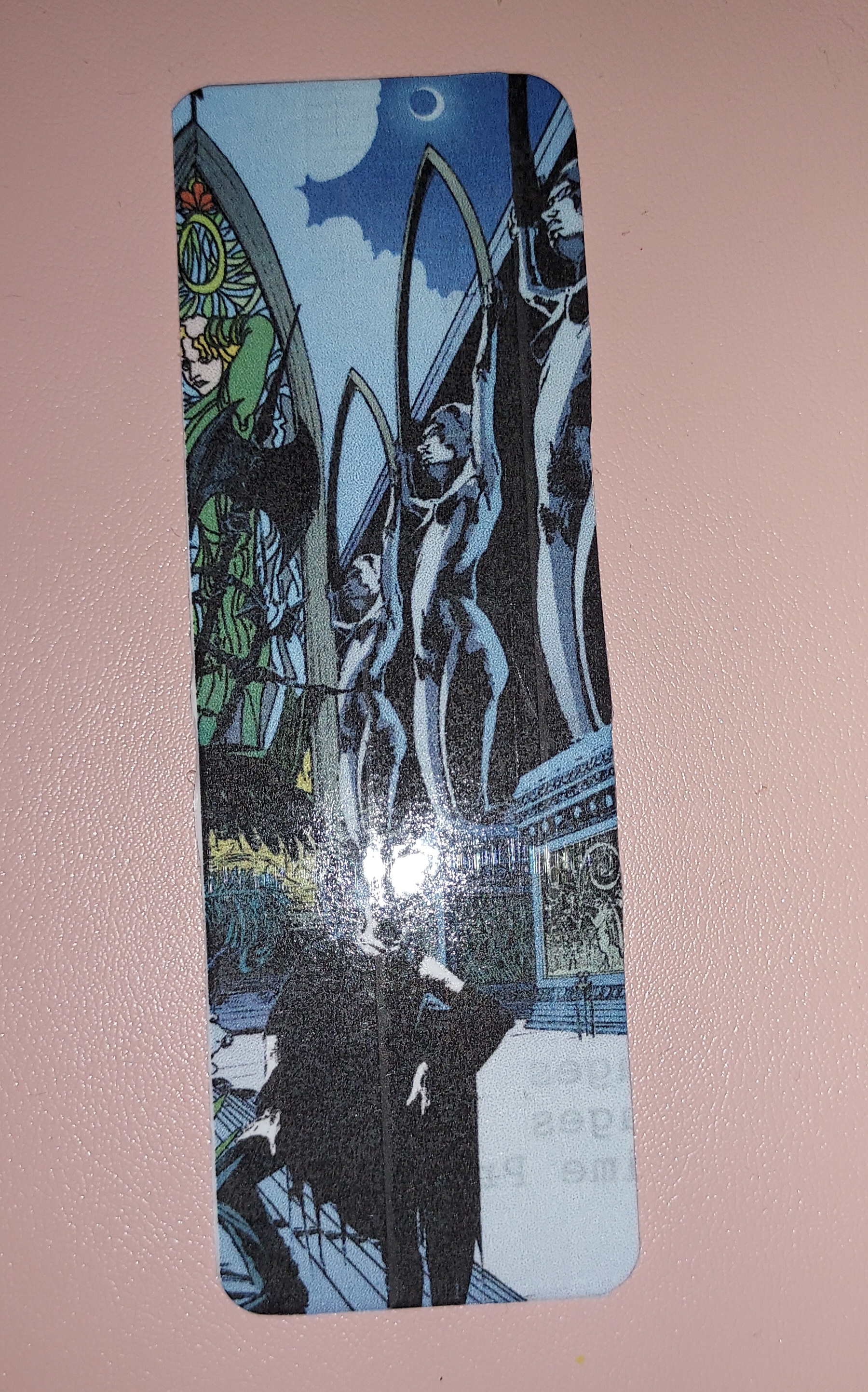An Amateur's Guide to Annotating
I started annotating recently...
I wanted to make this guide purely out of need to talk. My busy life in school has accounted for me to sacrifice precious time on education. Lol, just kidding. Although of course, I miss the sweet taste of writing and reading, and although I still actually have work to do, I think my load has lessened, and I now have time to write this post.
Do you annotate when you read? I think the common answer would be no. To be fair, I only started annotating last month, hence the word amateur in the title. It seems like a tedious task, especially when you are someone who likes to really get into books with no distractions, but when I started getting into books again, I made sure I annotated, and it was absolutely wonderful. It might be because you tend to focus in on your book more, if you know you're keeping track of something, all the little details become more obvious. I think annotating doesn't just help you track your reading experience but I think it also allows you to really understand what you're reading more, putting yourself into the world of your characters in scary accuracy.
Okay, let's talk about my way of annotating. Of course, I am no pro (again restating the word amateur in the title) but maybe you could find some inspiration from it, maybe use it to create your own guide. I don't know, the world is your oyster and so are all the fantastical worlds that you read. Anyways let's start with "annotating tabs", the most common ones look a little something like this:
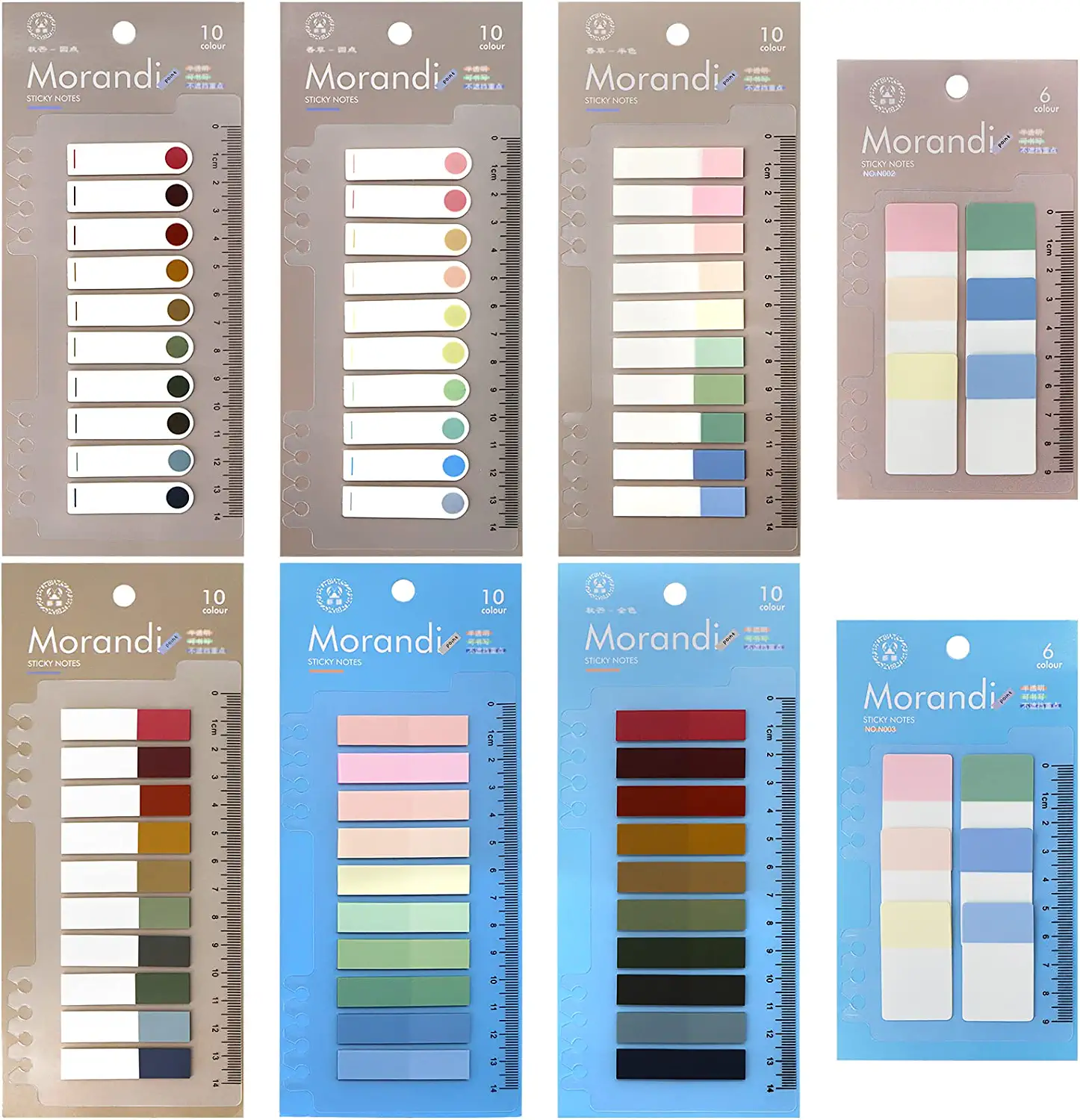
ID: annotating tabs of different styles from here
I use the one's that are colored only on the ends because I think they look cleaner and nicer. Plus the white ends are actually clear, so there's no problem sticking them on top of words. Of course, I don't just stick them on whatever with no regard, I have a meaning for every color of tab. Hence why I always buy some rainbow colored ones, although it wasn't meant to be a symbol of my homosexuality, I think it's a fun coincidence. Here's how I would usually clasify my colors:
So what do those labels mean? The emotions are pretty self explanatory, each color group has a specific set of emotions, the reds and pinks being romantic feelings, the yellows and oranges being surprise, the greens being happiness, and the blues I interchange between sadness and scariness (unfortunately since there's not a lot of rainbow tabs available that include a black option). Now you could buy tabs with just one kind of color for each, but I really like the ones with multiple hues of color for each one, because I put levels to the, sort of potency on the emotion. The lighter the color, the less potent the feeling, like if something is sweetly romantic or cutely romantic, it would get the lighter colored red or pink, but if the scene was passionate, and heavily romantic, it would get the darker shade. It's the same levelling system for all the colors, the darker the more potent, or saturated, you could say. Here's how they look on a book that I'm currently reading:
Let's talk about some other things I use to annotate now. Here's something I really love. They're called "clear sticky notes". Here's what mine look like:
I have two differen't sizes but really one is just fine. They are absolutely wonderful to use because to me, they don't ruin the over-all look of the page by having bright colors, instead only allowing you to write your thoughts while still showing the words underneath. Here is an example note I wrote when I was reading The Bridesmaid:
The only downside that I found really, was that regular pens just wasn't gonna cut it. Obviously the notes are a textured plastic rather than actual clear paper, so most regular pens either smudge off or don't show, so what I use are permanent markers, they don't smudge off and are as clear as day when you write with them. I really don't mind this small con since, regular pens usually are too thin anyways if you tried to write it on them, so personally, I'd still highly suggest you use them. It allows you to record your personal thoughts, notes, and learnings throughout your little reading journey, quite wonderful if you ask me.
A bonus thing, that's not really annotating, and I'm pretty sure everyone does this already, is bookmarks. Specifically however, custom bookmarks. Here are mine that I made myself:
It's very telling that I'm a Sandman fan isn't it? But anyways, thats not the point. I find custom bookmarks to be a lot more fun, it can depend on who you are but I think they're not only fun to look at but fun to make too. I just took some pictures that I liked, cropped them to be the regular book mark size, printed them then stuck them to some folder. I think if you know you put this much effort into reading you get more motivation to read. Plus, it's fun to have stuff made for you and your happiness.
This has been my very short guide on annotating. Hopefully it inspired you to do some yourself, or at least maybe, give it some thought.
Lots of love.
